What's the difference between data warehouse vs. database?
4 min. read
Updated on
Read our disclosure page to find out how can you help Windows Report sustain the editorial team. Read more
Key notes
- Data warehouses can be invaluable management information systems for enterprise users.
- This article tells you about the main differences between relational databases and data warehouses.
- You can also browse through many more enterprise software articles at our Business hub.
- Our What is page includes numerous other articles with interesting tech definitions.
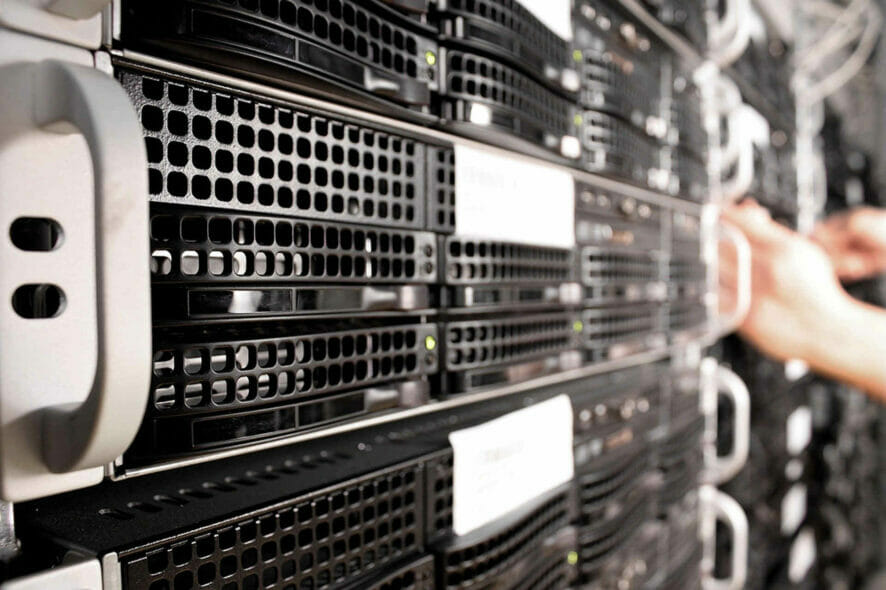
Databases are undoubtedly a necessity to store records for the vast majority of organizations. However, not all organizations have data warehouses. Some enterprises might wonder why they need to establish data warehouses. Yet, data warehouses can be invaluable for business analysis purposes.
A standard database is a collection of data records for the purposes of storage, transactions, and retrieval. For example, libraries have book databases so both staff and customers can search for and find books in them. Customers can usually search for books by entering queries into the database from a library PC.
Standard databases are typically SQL relational ones. Relational databases are based on a series of linked and inter-related data tables. The relational table design eliminates duplicated, or redundant, data in databases.
A data warehouse is an entirely different database breed that pools together data within an organization from multiple database sources. It is a data management system primarily established for statistical data analysis presented in the form of reports and graphs.
A data warehouse is more like an additional layer to a company’s standard databases. Companies with data warehouses can analyze historical data included within them in many different ways. So, the data warehouse is a type of management information system.
Here are the main differences between data warehouse vs. database
Different processing types
Standard relational databases are based on Online Transactional Processing (OLTP) that responds immediately to user requests. Library databases get frequently updated with OLTP for books loaned and returned.
A data warehouse has different OnLine Analytical Processing (OLAP) that enables it to analyze large volumes of data much more efficiently than OLTP databases. This enables data warehouse users to quickly collate data with various calculations applied.
Design and data organization
Relational databases are normalized to eliminate, or at least reduce, data redundancy, which saves hard drive space and reduces transaction response times. However, normalized databases are much slower and more cumbersome to query than data warehouses.
Data warehouses have denormalized designs with fewer tables and more duplicated data. Their denormalized designs ensure much faster analytical response times than relational databases. Thus, data warehouses prioritize read operations.
Uptime flexibility
Standard databases need to be available almost all the time for organizations. So, their uptime availability needs to be close to 100 percent. For example, a library would have to close early if its database went down before its usual closing time.
However, data warehouses have greater uptime flexibility as they are not linked to front-end operations like standard databases are. Organizations’ data warehouses can go down almost once a day if needed to refresh data from their sources.
Concurrent user base
Standard databases support a much wider concurrent user base than data warehouses as they’re often linked with transactions. So, they’re designed to support potentially thousands of concurrent users.
Data warehouses aren’t connected with transactions and are usually required to process much more detailed queries. Therefore, they can’t support as many concurrent users as their queries are usually much more system resource-heavy.
Software
Most users will be more familiar with database applications that are usually a part of office suites, such as MS Office and LibreOffice. Applications like MS Access enable users to set up relational databases with multiple linked data tables. However, you can’t set up data warehouses with relational database software.
To set up a data warehouse, you’ll need dedicated data warehouse software. Software like Jet Analytics provides users with pre-built data warehouses that incorporate extensive report library templates for displaying data.
Those are the five main differences between databases and data warehouses. Although not as essential as databases, data warehouses are invaluable extensions of them for organizations that need to analyze their data in greater detail.
[wl_navigator]
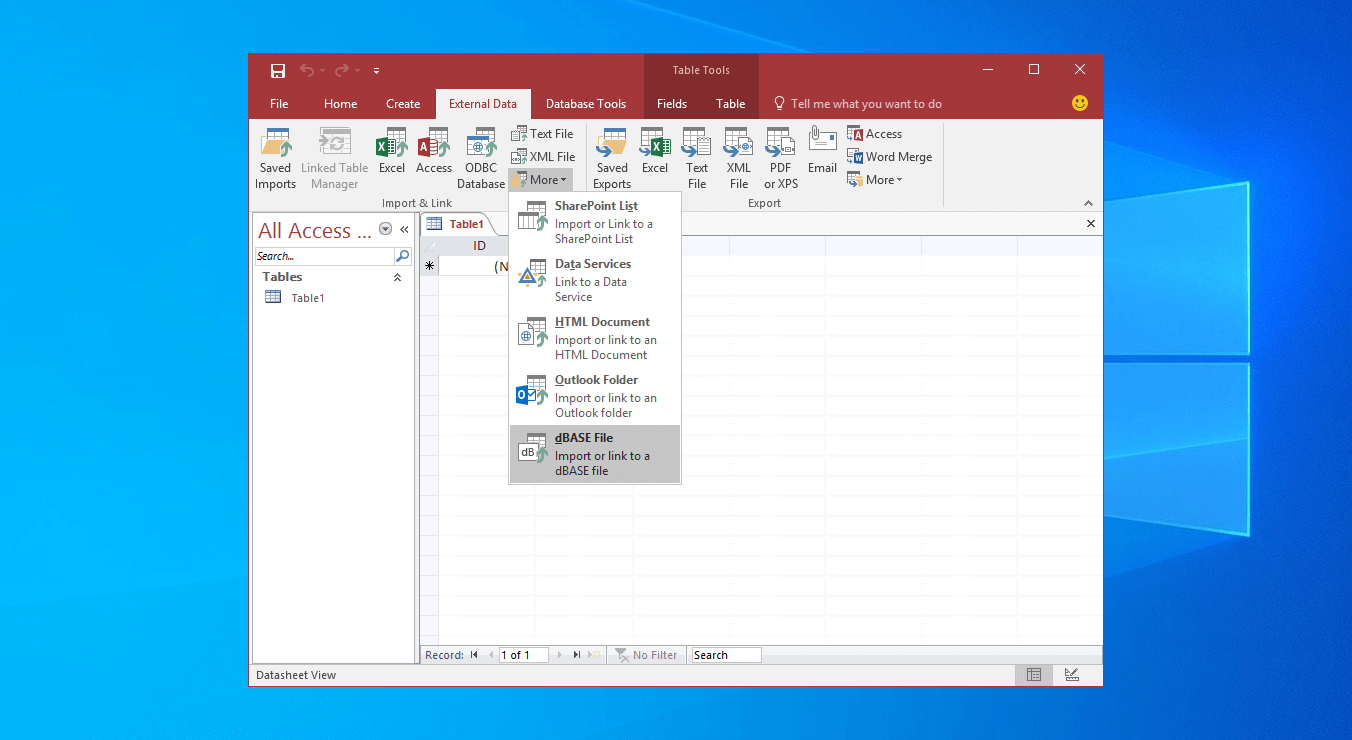




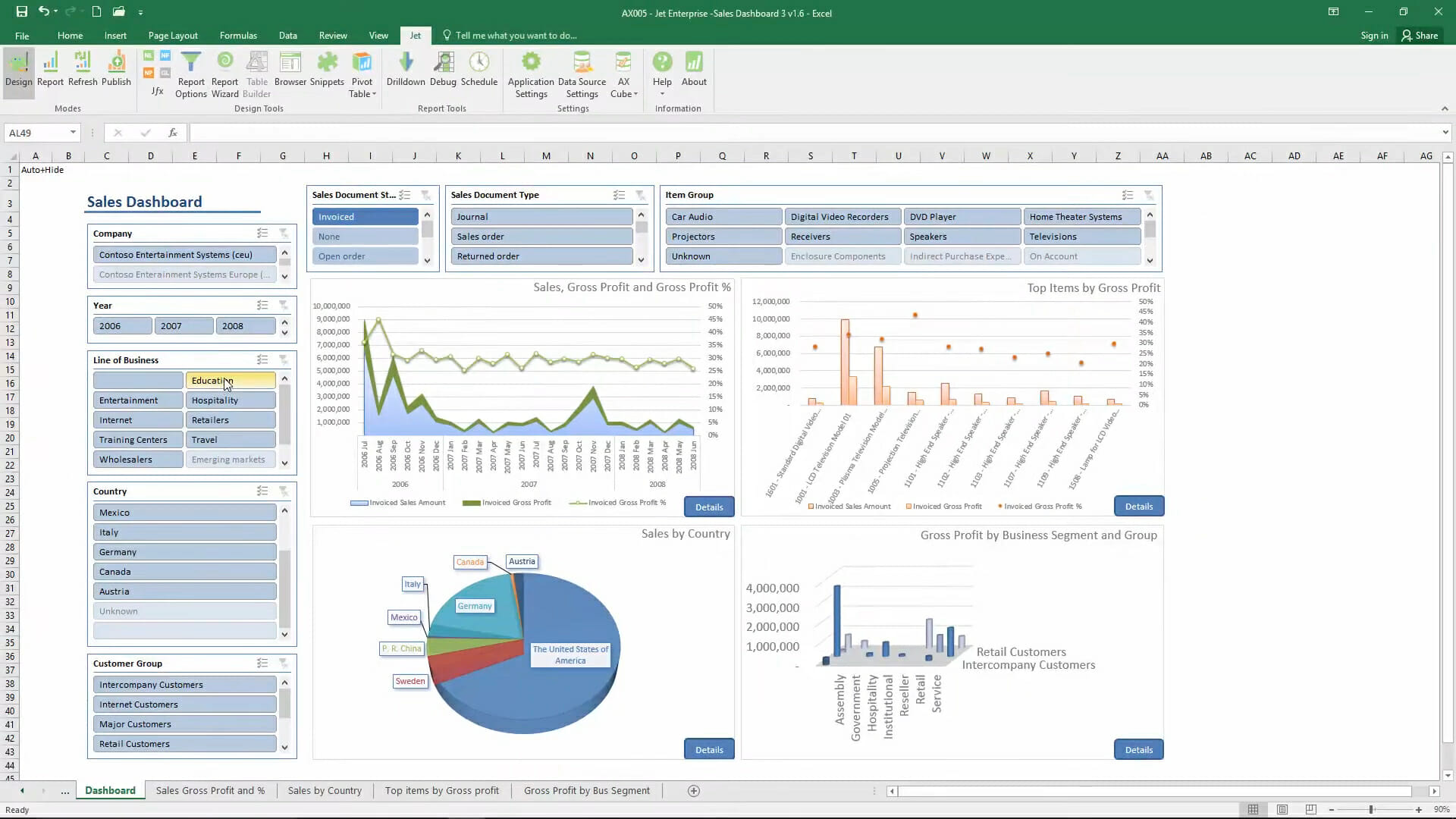


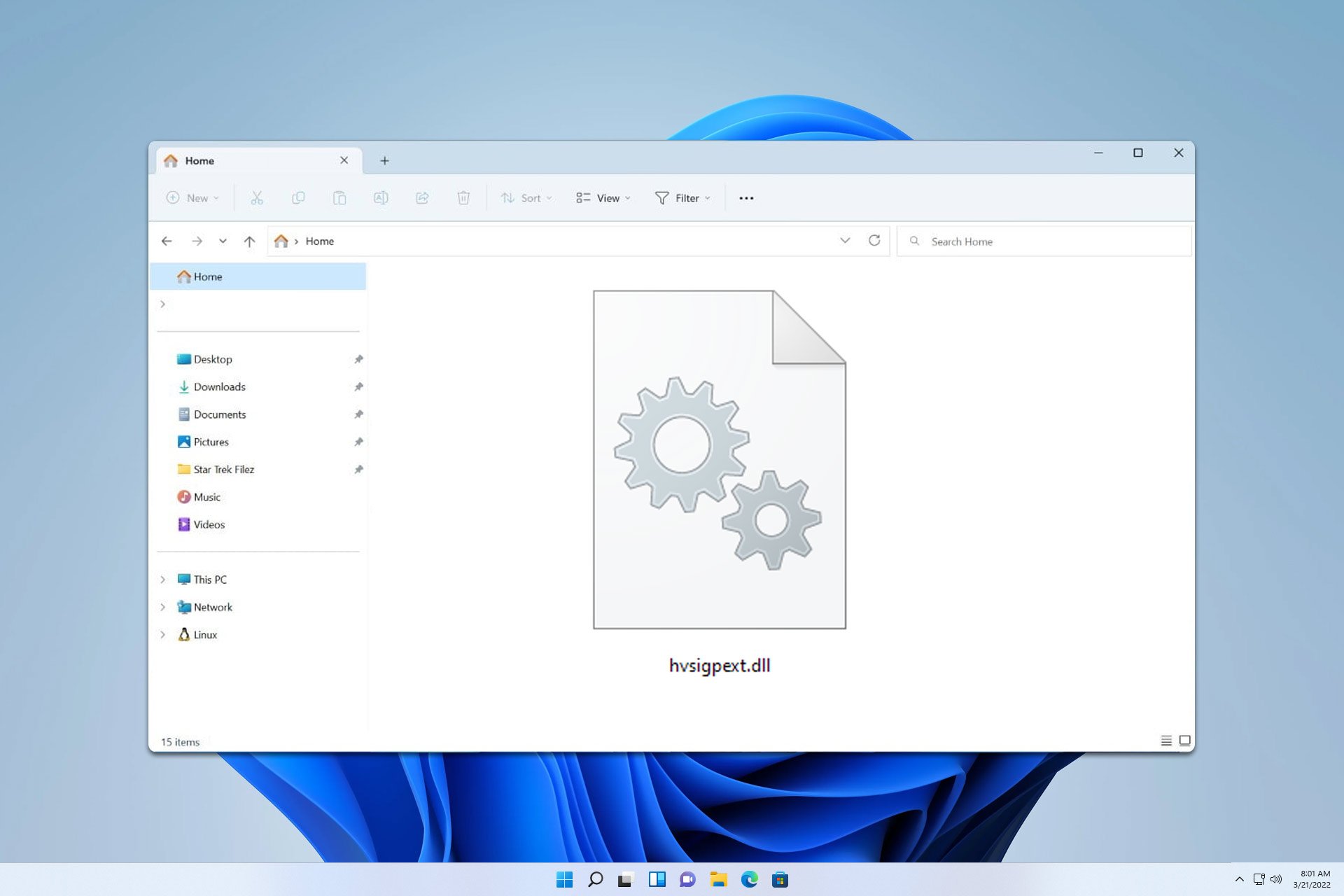
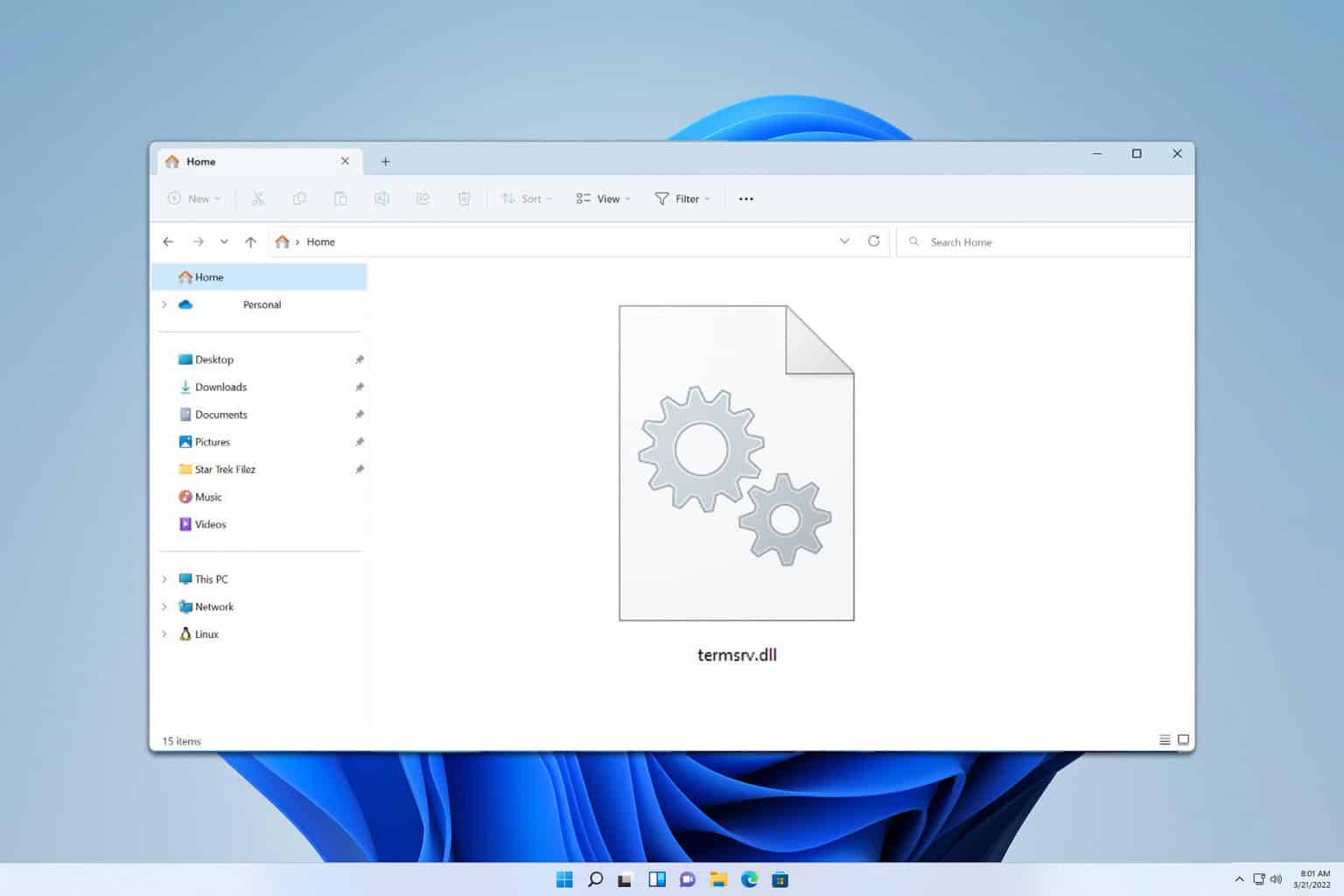

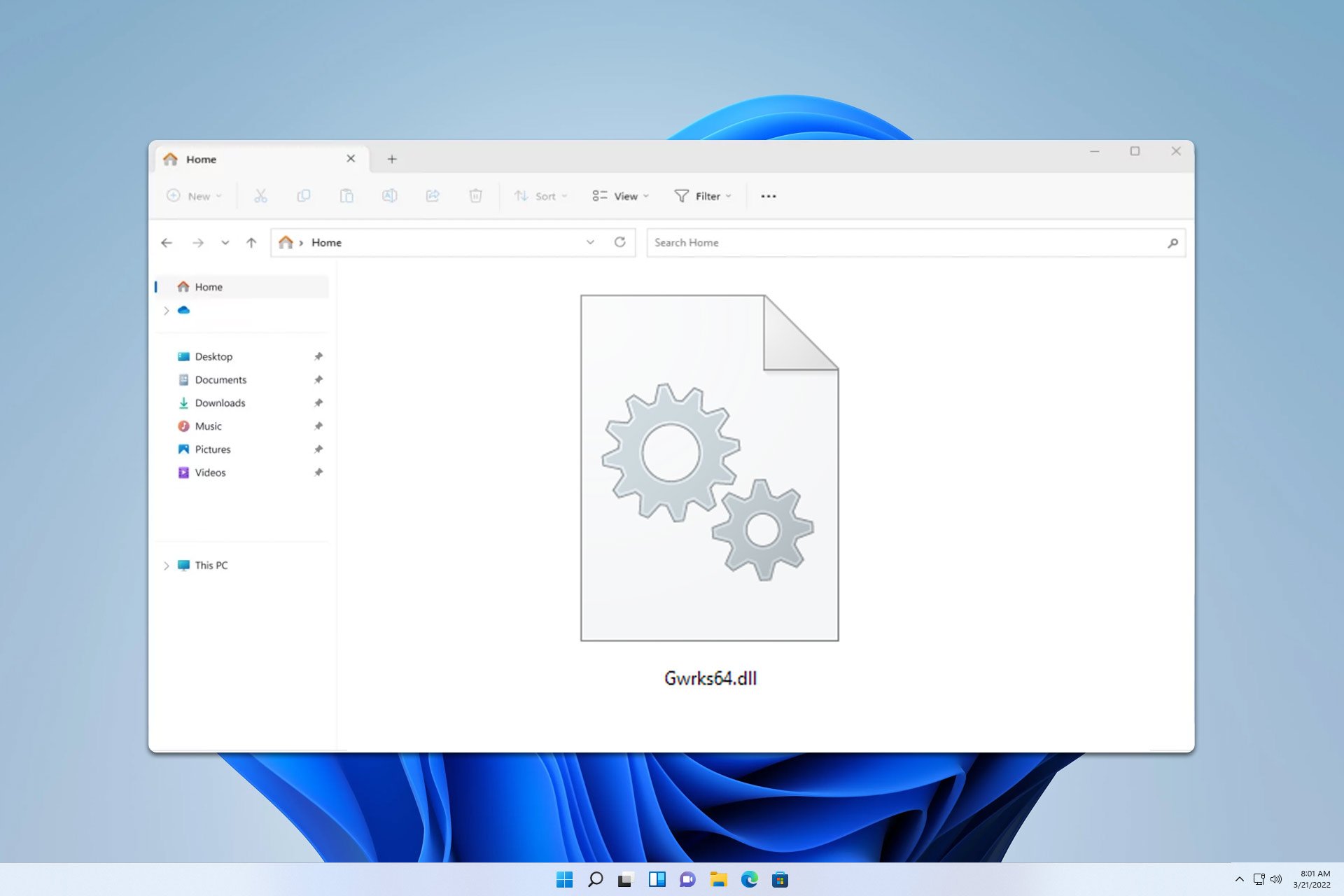
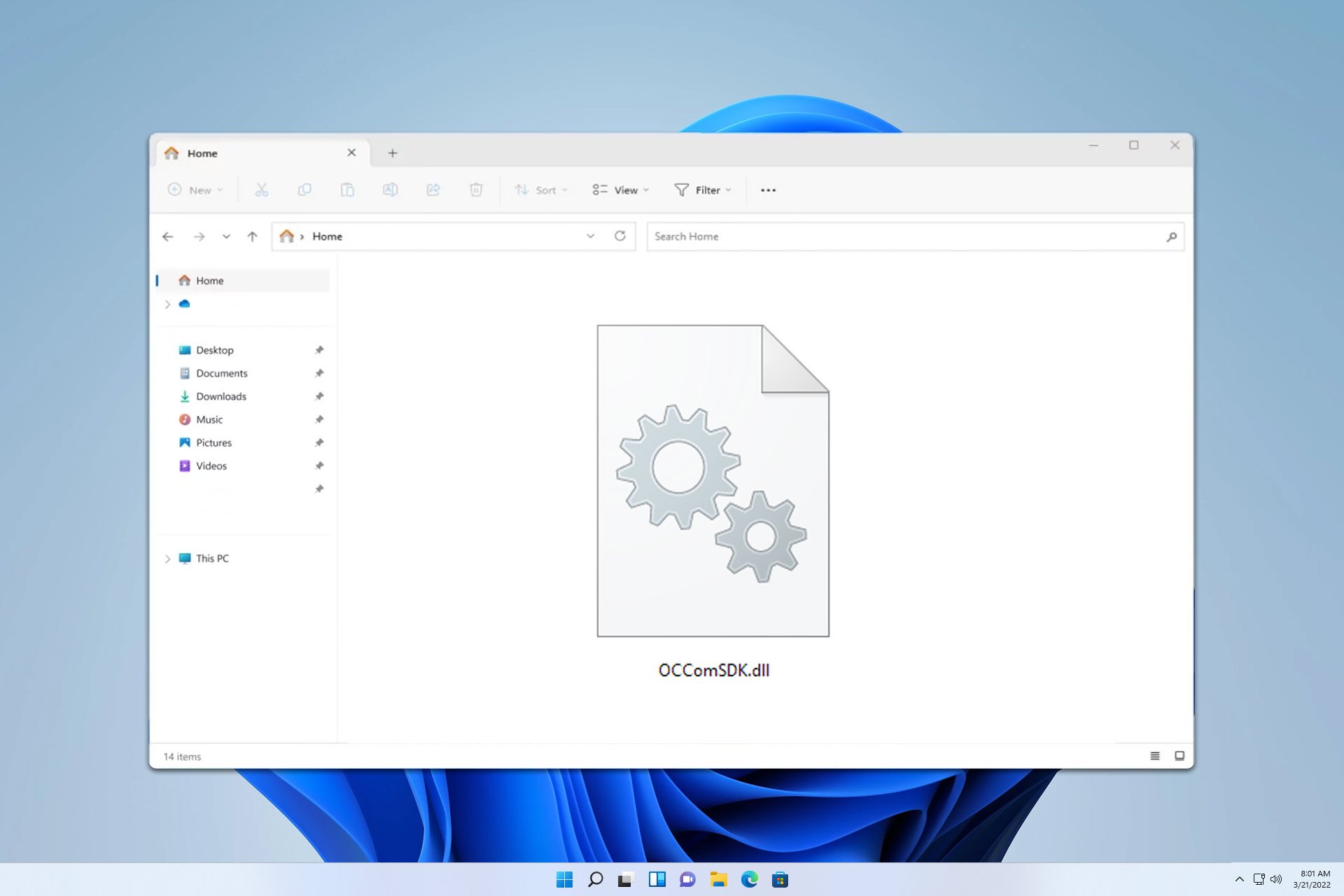

User forum
0 messages